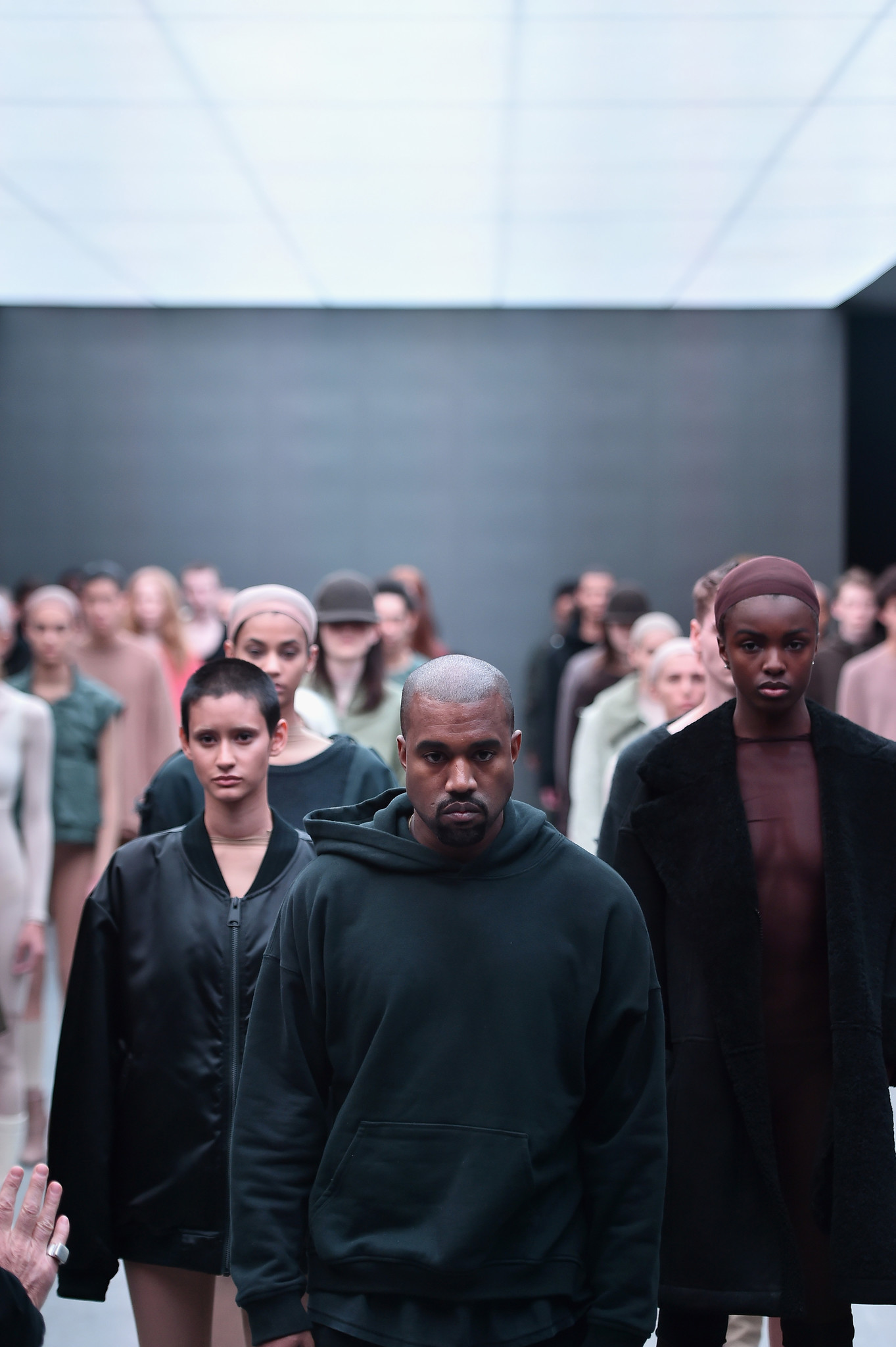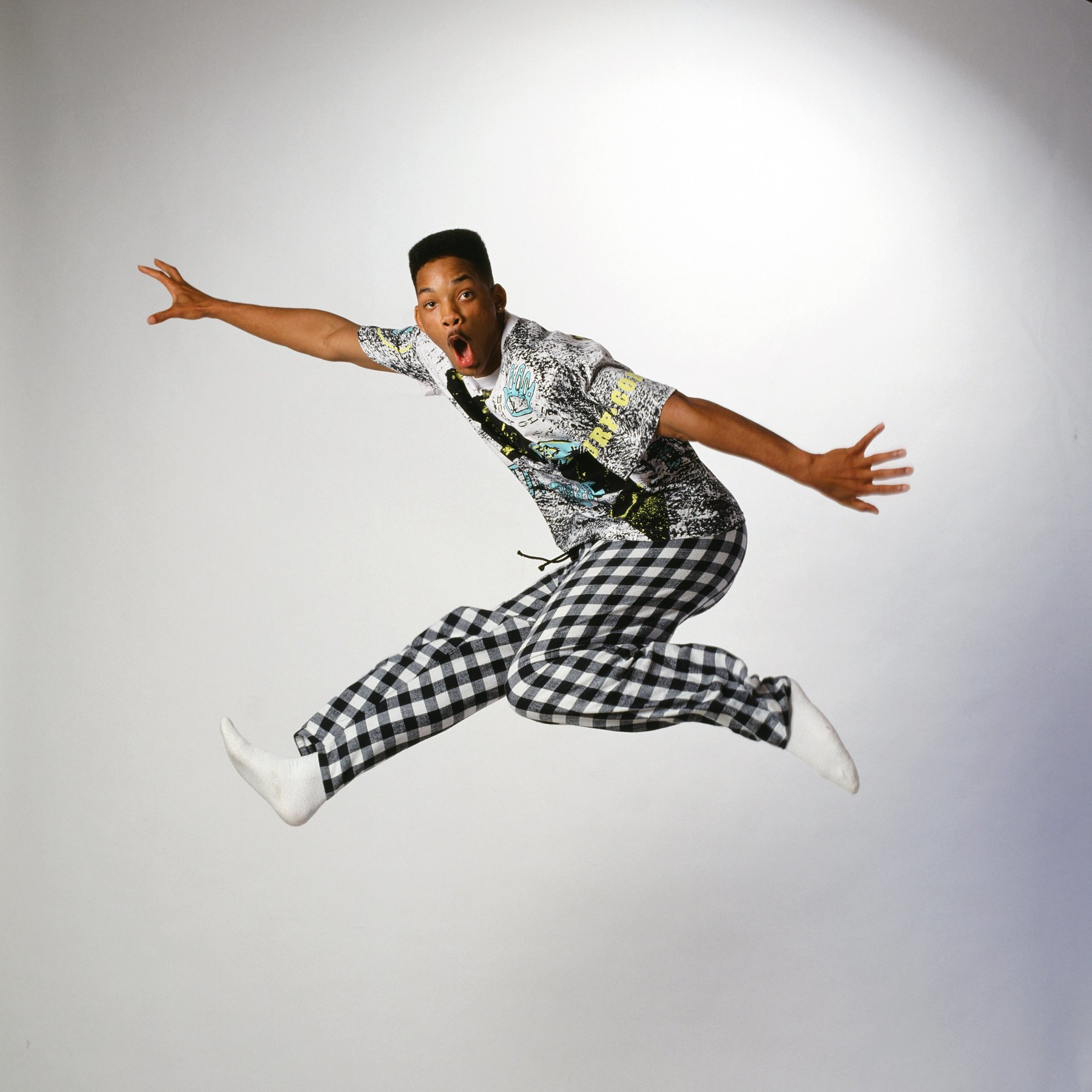Hip hop fashion is a distinctive style of dress originating from Urban Black America and from inner city youth located in New York City, followed by Los Angeles other US cities.
How hip hop has influenced fashion?
Although hip hop culture has a history of going against the grain, it eventually came to dominate not only mainstream popular music, but the world of high-fashion as well.
Hip hop’s relationship with the world of fashion has a interesting and very important history. As hip hop arose from the streets with an outsider status, it gave birth to its own distinct fashion style and aesthetic — unlike anything seen in the mainstream fashion world — which has developed and evolved in unique ways over time.
The genre was born in New York City between the late 1970s and early 1980s. In this early era, New York b-boy culture largely dominated fashion in hip hop. B-boys were breakdancers who helped establish and give birth to hip hop culture in its early days. Hip hop artists of this time, began popularizing tracksuits, chains, and kangol hats, among other items, giving birth to a new and exciting street fashion culture unique to the New York hip hop scene.
The group most responsible for establishing and defining hip hop’s trademark “street” look was Run-DMC, who famously adopted Adidas tracksuits and laceless shell-toed sneakers as their signature uniform. This look was inspired by the style of New York City b-boys at the time. By adopting this street look, the group rejected the highly glamorous looks of early hip hop — such as those of Afrika Bambaataa and DJ Grandmaster Flash — in favor of a grittier (although still flashy) look. Soon after, many rappers such as LL Cool J began to adopt the trends set by Run-DMC, introducing a mainstream audience to street style for the first time.
In 1985, the group even professed their love for the brand in their hit song “My Adidas.” The success of this song eventually led to a formal endorsement deal (the first of its kind) between Adidas and Run-DMC. This deal fostered a lasting bond between hip hop culture and the sportswear world, and ultimately paved the way for future collaborations between hip hop artists and major brands.
As hip hop advanced, so did its sense of style. Toward the late ‘80s and early ‘90s, hip hop culture began to develop a greater reflection of African heritage and black-nationalist sentiment, reflected both lyrically and aesthetically. Hip hop artists like Public Enemy, KRS-One, and Queen Latifah adopted more militaristic looks, dreadlocks, and the bright colors associated with black-nationalist movements: red, yellow, black, and green.
In the mid ‘90s, the culture became obsessed with a more lavish, designer style. Artists like 2Pac, P. Diddy, and the Notorious B.I.G. began sporting looks inspired by those of old-school gangsters, a style dubbed “ghetto fabulous.” These looks consisted of double-breasted designer suits, bowler hats and fedoras, alligator-skin shoes, and designer sunglasses. Artists like the Notorious B.I.G. began rapping about luxury brands such as Versace, Prada, and DKNY, marking the beginning of hip hop’s lasting obsession with high-end designer brands. However, while hip hop’s love of high fashion was growing, the culture still maintained its outsider status, not being fully embraced by the fashion world just yet.

Late ‘90s hip hop fashion consisted of baggier, less-designer looks. The outfits from this period were marked by baggy jeans, flat bill baseball caps, sports jerseys, sneakers and boots. This style was adopted by many rappers including Wu-Tang Clan and Snoop Dogg, among other ‘gangster’ rappers at the time. The influence of this style spilled over into the early 2000s. However, in the late 2000s, as hip hop became the new focus of popular music, it similarly became one of the biggest influences on the fashion world.
Today, lyrics about high fashion and designer brands are more common in hip hop music than ever before. For example, in her chart-topping single “Bodak Yellow,” Cardi B boasts, “These is red bottoms, these is bloody shoes,” referring to Christian Loubotin high heels. Hip hop artists are some of the most prominent and influential icons of fashion. Some artists — such as Kanye West, Tyler, the Creator, and Pharrell — have even become successful designers themselves. Others, such as A$AP Rocky, Young Thug, and Travis Scott have their own signature collections or have modeled for the most elite designer brands.

Photo courtesy of Colin Douglas Gray
Hip hop’s influence on fashion today is most evident in the fashion world’s current obsession with streetwear. For example, the streetwear brand Supreme is currently one of the most popular and highly-coveted clothing brands in the world. The brand’s influence on high-end luxury fashion is undebatable, proven by its 2017 collaboration with Louis Vuitton. Supreme owes much of its fervent popularity to hip hop culture, as rappers’ (most prominently, Tyler, the Creator) love for the brand has helped foster its unmatched following.

Fashion’s obsession with streetwear isn’t only apparent in the rise in popularity of streetwear brands, however. It can also be seen in newer designs from long-established luxury brands, which often emulate the aesthetic of streetwear. It is not uncommon to see hoodies, sneakers, sweatpants, or chains — all of which have long been a part of hip hop’s street fashion — on the runway today. In other words, the relationship between hip hop and the fashion world has made a complete 180, as hip hop has gone from a counterculture with its own distinct world of fashion, to a culture that is arguably the most influential on mainstream fashion trends.
Resources:
